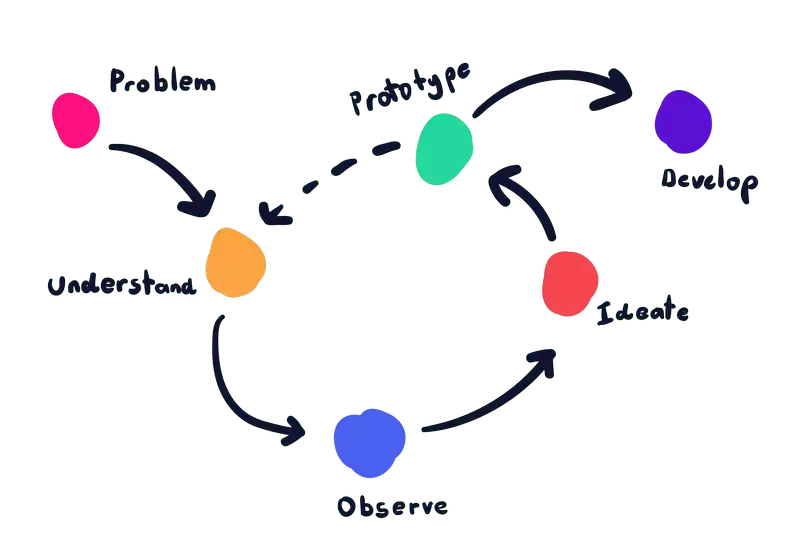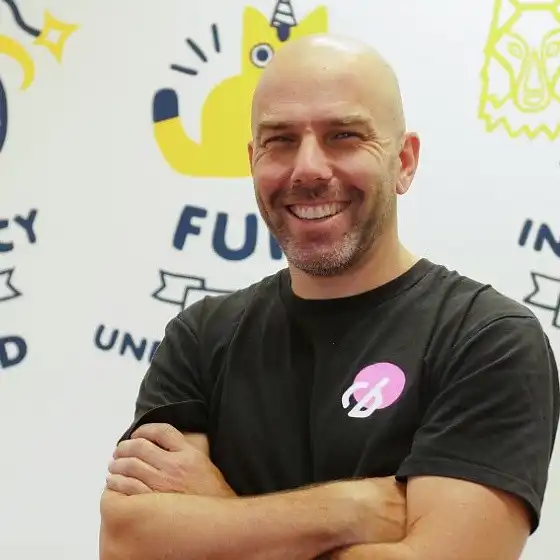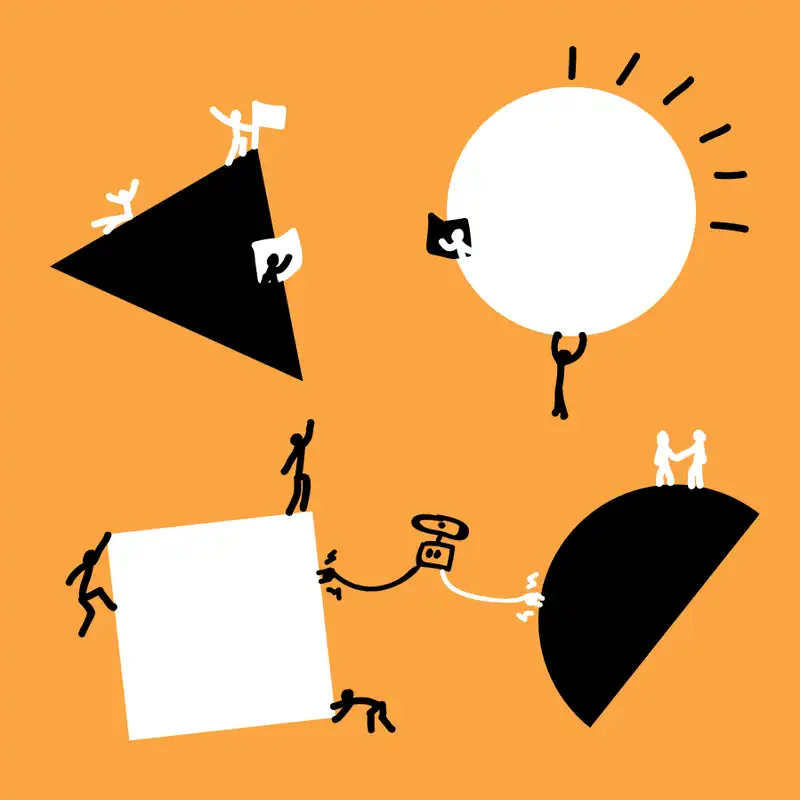The Ideate stage is where you begin to come up with potential solutions for your problem. Brainstorming new ideas and diverging to the point where you believe you have some great pathways to follow, then converging down on a few promising ones and testing them out to make sure that your ideas are sparking interest in those they will affect. This stage is the longest of all the scoping stages as this is where you are experimenting and failing often to reach the best possible outcome. You have the ability to pivot quickly without investing many resources into solutions.
Project cycle

At this point in the project’s scope you are in full creative mode. You have a problem which needs solving and all the research about what the market needs, what users expect and what business constraints you have to take into account. This is an important stage of the project where the team needs to work as a unit to come up with ideas and make sure the stakeholders are as involved as possible. One of the biggest elements of Design Thinking is teams thinking and discussing as often as possible, so that everyone is aware of the concepts being thrown about and the direction is going where the stakeholders are happy with. Nothing is worse than finding a great solution with the team only for the key stakeholder to walk in a the last minute and decide they want something completely different.
Unlike the other stages, the Ideate stage has its own small cycle inside of it:
- First gather team with the problem statement and start running a brainstorming session. This is where there are no limits to what you can think, go wild and as crazy as you need to.
- Get the team to write down as many ideas as possible, bouncing concepts off each other.
- Then vote on which ones the team and stakeholders agree are going to be the best bets, and move into the Ideate cycle.
Ideating on possible solutions
The Ideate cycle starts off with the series of ideas the team thinks might work. For larger teams, you might break down into smaller groups and each work on a different solution. Smaller teams should just pick the one with the most votes of confidence behind it to start off with. Then the team begins to flesh out that solution with sketches and research. They need to get into the minds of their users and figure out just how this solution might solve the problem. This shouldn’t take long as everyone works together; it is where the first decision point is reached.
Do you keep going or pick up another solution? Did diving deeper into the solution uncover some issues that might cause it to nose dive? Such as it needing a huge amount of time to build or relying on too many things to go right. This is why we diverge on ideas first instead of locking ourselves into solutions early; so we can change direction without any trouble or hurt feelings when everyone’s predetermined idea fails before it even takes off.
If the idea looks like it’s going to have legs, the next step is to actually go and build a prototype of the solution, keeping it as low-fi and quick as possible. Some teams might draw it on some paper, some might just act out the solution, while others might try and bash something together really quick with some code. If you do go for a quick code prototype, Codebots lets you rapidly get a prototype up and running with our premade Extensions available on Codebots and a quick setup.
With a prototype in hand, it’s time to go and test the idea with your users. There is nothing more important in this stage than validating that the ideas you all came up with will actually work for the users, and get them interested in your solution. From here it’s the same decision point, press ahead with an idea that users like, make some changes to it and retest or go back and pick another solution to try. Keep going with this cycle until your users, stakeholders, and team feel like the solution is going to be a winner.
Knowing when to converge
One of the hardest parts of the Ideate stage is knowing when to converge on an idea instead of diverging outwards. As more ideas are thrown about, our naturally creative minds being to think of new ways to do things. Getting inspired is fantastic and playing in the boundless fields of imagination can lead to so many out-of-the-box solutions that can disrupt the market and solve problems in ways no one considered before.
However, this time always needs to end at some point, with the team needing to focus that same creativity on how their solution can unfold in the details. Knowing when to converge is part “going with your gut” and part “business decision”. Keep diverging until your team feels like they have a few winning ideas on hand; remember, you can always come back if they don’t work. Get your stakeholders to make a decision on what idea they prefer the most, the one that speaks to them. It might not be the idea the team likes, but it is the one they’ll get excited about and that’s the most important thing, having a champion for your idea to ensure it works out.
Activities to try
To help you brainstorm ideas, work just how they are going to come together and how to test them, try a few of these activities.
Rapid prototyping
Rapid prototyping - This activity will help you and the team come up with really low-fi prototypes that you can go test with. These could range from some sketches on paper to simple code bashed together examples.
Brainstorm
Brainstorming ideas - The bread and butter activity of this stage, brainstorming is where you and the team get together to come up with ideas and diverge on thinking.
Brand identity
Activity: Brand identity - When you are looking to create a new product or even give an old one a face lift. Ensuring that the brand of the product is nailed down helps the team come up with ideas that will fit into that mentality.
User flows
User journey - The user flows of a product are important to understand as your see how your users move through the journey in your solution.
Wireframing
Activity: Wireframes - Wireframing is where you quickly layout your products design so you can start testing whether or not the user flow works.
User testing
User Testing - The most important activity you’ll ever do in scoping, user testing is the chance you have to validate your ideas and solutions with those who are going to be impacted. Finding out what works and what doesn’t before investing time can save you much heartache and stress down the line.
Creating frameworks
Activity: Experimental Framework - The framework of the system helps you make sense of the data and key relationships. It helps you find patterns how you can build your solution.




